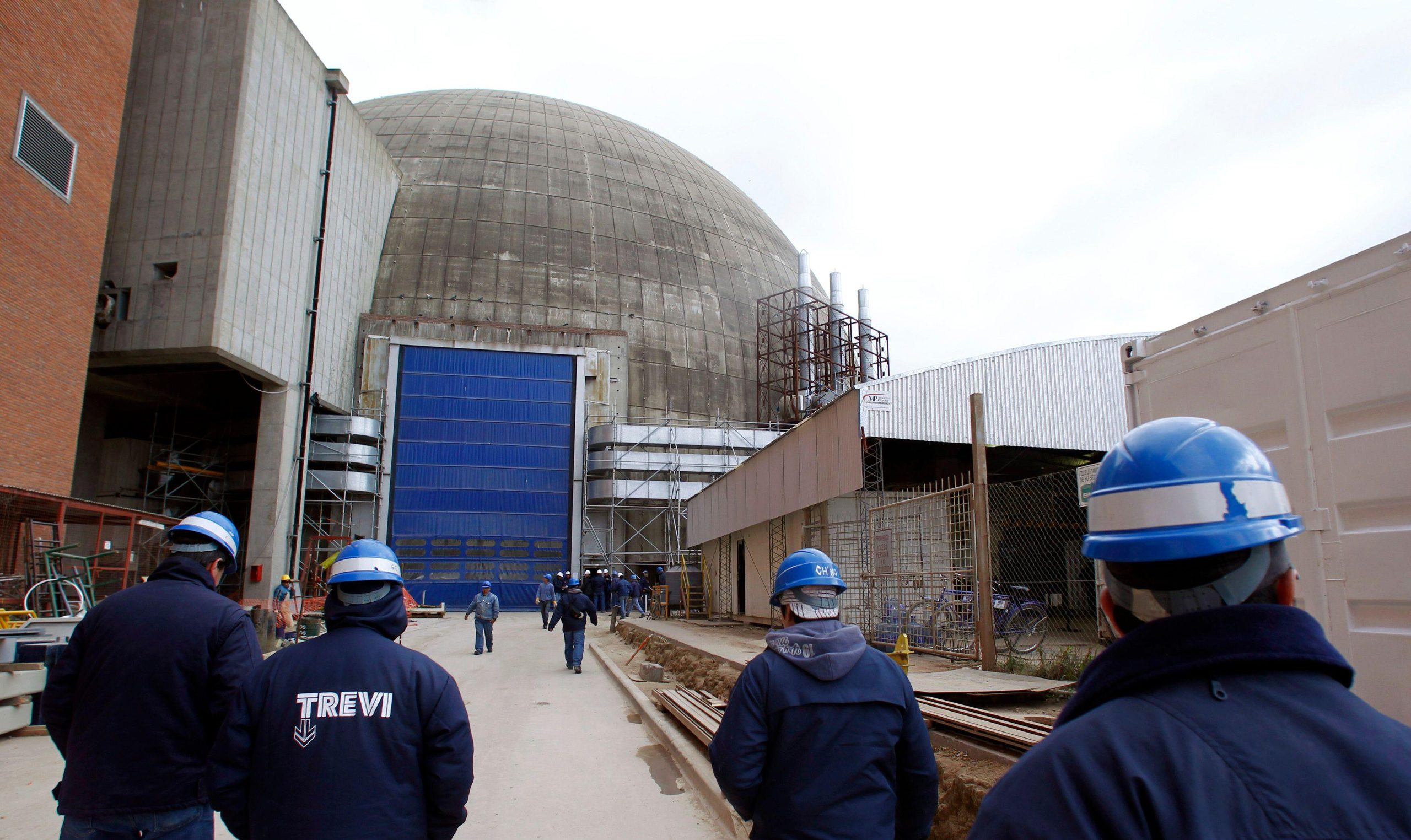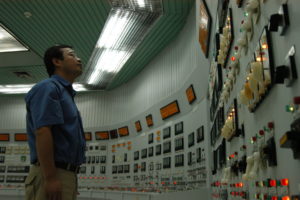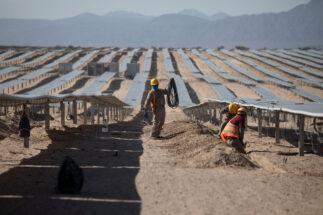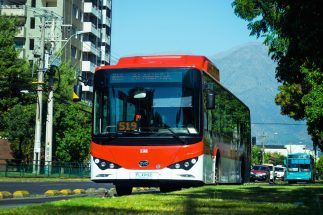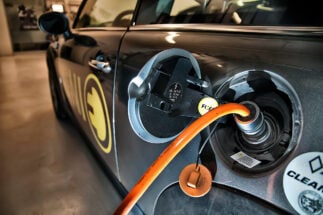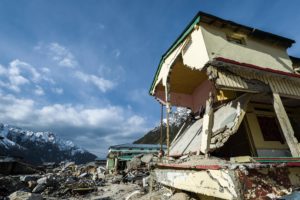Argentine president Alberto Fernández has decided to reactivate a project to build a new nuclear power plant in Argentina. The new plant in Buenos Aires province will generate 1,200MW and help meet the country’s energy needs, but is questioned for its high costs and potential risks.
The project was originally presented in 2015 by Cristina Fernández de Kirchner, who was president from 2007-2015. At the time, the aim was to build two power plants financed by China. One with Canadian CANDU technology, which Argentine plants now use, and the other with the new Chinese Hualong technology.
Former president Mauricio Macri (2015-2019) then questioned the agreement and decided to move forward with only one plant, the one with Chinese technology, to cut costs. However, the project did not advance. Now, Fernández is looking to first kickstart the Chinese nuclear power plant, with the possibility of adding the CANDU in the medium term.
“Argentina’s economy will continue to grow and therefore aims to slightly increase the share of nuclear energy in its matrix,” said José Luis Antunez, director of Nucleoeléctrica Argentina, the state-owned company that manages the nuclear power plants. “We are going to start the project as soon as possible.”
Nuclear power generates about 7.5% of Argentina’s energy, with a mix based mainly on hydrocarbons, for which production is subsidised. Non-conventional renewable energies, particularly solar and wind, have increased in recent years thanks to the RenovAR programme.
The nuclear deal is in line with Argentina’s ‘comprehensive strategic alliance’ with China, a high diplomatic status that China reserves for only a few countries. Fernández sees China as a strategic ally in multiple sectors beyond nuclear, and health cooperation during the Covid-19 pandemic has strengthened ties.
“These two nuclear projects are going to help organize the Argentine energy sector,” says Nicolás Malinovsky, director of the Observatory of Energy, Science and Technology. “Nuclear power plants go hand in hand with the development of an industrial sector and are a central element for the energy transition.”
Nuclear energy in Argentina
Argentina was the first country in Latin America to adopt nuclear energy, but despite having an advanced industry, it has always imported nuclear power reactor technologies. There are currently three nuclear power plants in operation, Atucha I and Atucha II in the Zárate district and Embalse in the northern Córdoba province.
After a hiatus in the 1990s, the sector was reinvigorated in 2006 with a national nuclear plan, which led to the completion of the Atucha II project and the development of the Embalse life extension project. Although it is a more expensive form of energy than others, nuclear also serves to develop Argentina’s scientific and technological sectors.
In 2020, the cost of electricity in Argentina according to source was US$35.30 per megawatt hour (MWh) for conventional thermal, US$18.5 MWh for hydroelectricity, US$73 for renewables and US$47.3 MWh for nuclear, according to figures obtained by Diálogo Chino following a request for access to public information.
“It is a contribution to diversifying the matrix in a slightly cleaner direction. However, there are no economic or environmental feasibility studies to support new nuclear power plants, and that is a problem,” said Julián Rojo, an energy economist at the General Mosconi Argentine Energy Institute.
Nuclear power plants go hand in hand with the development of an industrial sector and are a central element for the energy transition
Nuclear energy is one of the few carbon-free energy options that offers balance with variable sources such as wind and solar power. However, the risks of radiation and meltdowns are considerable concerns and have led to a lack of social licence for expansion in Argentina.
Argentina committed to reducing its greenhouse gas emissions by 19% under the 2015 Paris Agreement on climate change. This will require an energy transition to non-polluting energy sources and nuclear power is one option.
Nuclear power plants can operate at full capacity almost without interruption, offering a continuous and reliable supply of energy. Solar and wind need back-up power during intermittences caused by the sun going down or wind levels dropping.
In a 2018 report, the Intergovernmental Panel on Climate Change (IPCC), which brings together leading global climate scientists, argued that nuclear power will need to increase in order to limit the global temperature rise to below 1.5ºC by the end of the century.
Argentina’s new nuclear power plant
While Argentina debates the future role of nuclear power in its energy matrix, China has become a champion of nuclear power in recent years, driven by air pollution, climate change and energy security issues at home.
In the past, China relied on imported technology but recently begun to produce its own reactors, including the Hualong reactor. According to the government’s Made in China 2025 plan, the Asian country aims to use more domestic technology and become a nuclear industry world leader.
The agreement with Argentina is one of the Chinese nuclear industry’s first successes abroad. In 2014, China’s Hualong reactor passed the International Atomic Energy Agency’s safety review. It runs on enriched uranium, unlike the CANDU which runs on natural uranium.
The Chinese nuclear power plant is a turnkey project, meaning it will design, build and equip the plant. But it will use around 40% local components, the same as Atucha I, when Argentina was only beginning to develop nuclear energy. The government is relying on being able to manufacture the enriched uranium that will be necessary for the plant’s operation.
All new projects must be economically competitive and must be in line with the country’s mitigation commitments
“The local engineering and construction workforce and the rest of the professionals who manage the project will have a lot of work, but the national metal-mechanic, electrical and chemical industry is the one that has the least participation in a new project, with a technology that has not yet been used and lacks the industrial base,” Antunez said.
At a cost of approximately US$8 billion Argentina will take out a loan from the Industrial and Commercial Bank of China (ICBC) to finance 85% of the project. The rest will be financed by the government. Antunez expects the contract to be finalised by mid-2022, at which time construction in Buenos Aires province is expected to begin immediately.
A group of former Argentine energy secretaries criticised the project, claiming that it would have been cheaper to develop solar and wind energy instead. They also called for a broader discussion on the future of the country’s energy matrix.
Jorge Lapeña, one of the former officials, said: “Any future energy project must be part of a long-term national energy plan, which does not exist today. All new projects must be economically competitive and must be in line with the country’s mitigation commitments.”
